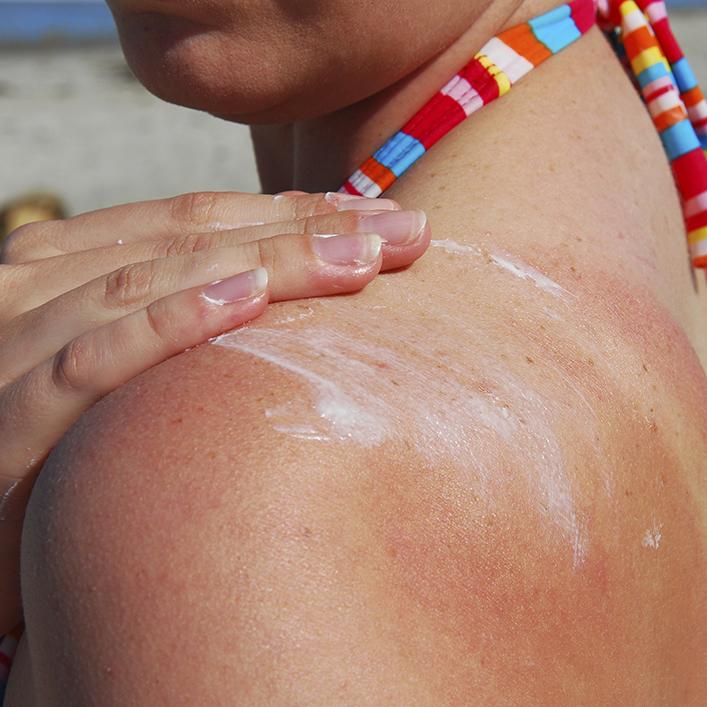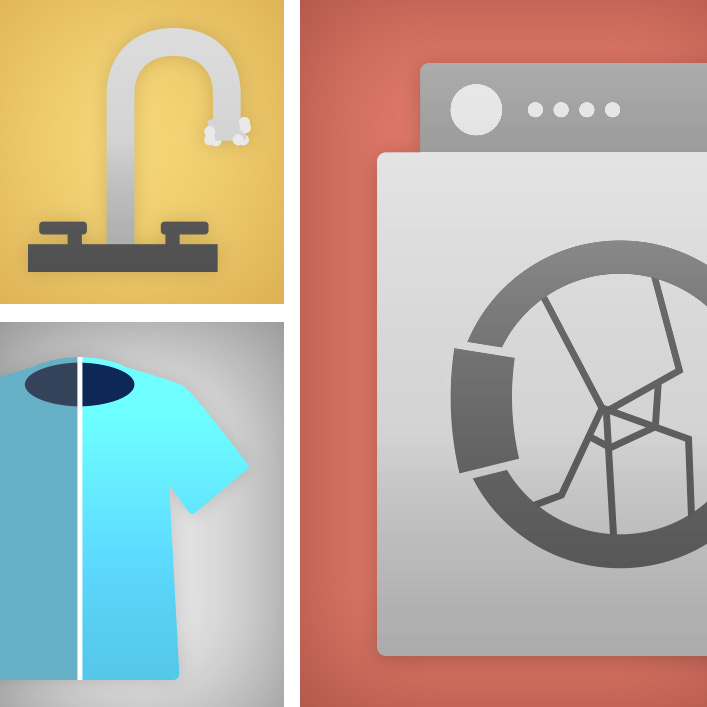
Summer is the season for increased outdoor activities. But that sometimes translates to increased sun exposure, which can also mean sunburn. Caring for sun-ravaged skin can be sensitive (literally) under any condition but especially if your water isn’t optimal quality. Assistance may lie with a water softener. It removes hard water minerals, allowing water to […]





